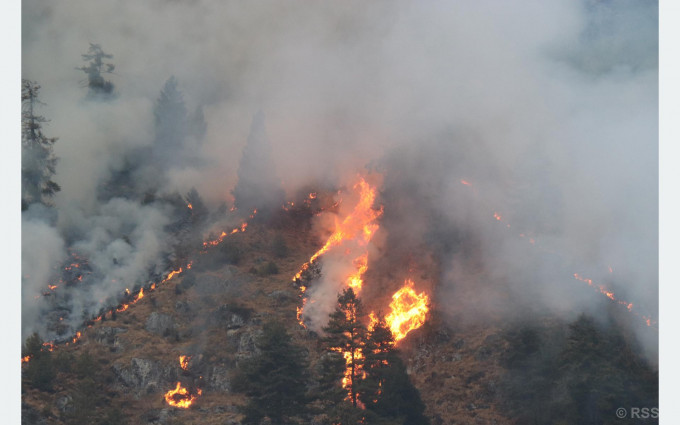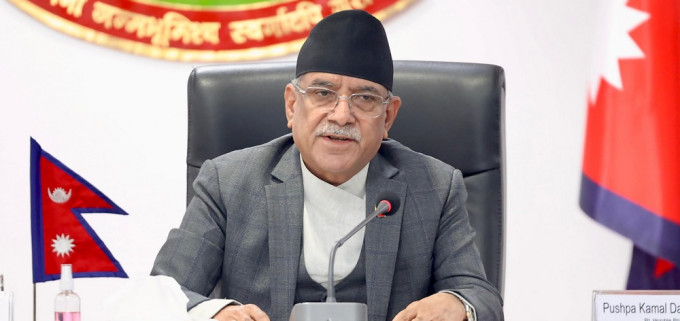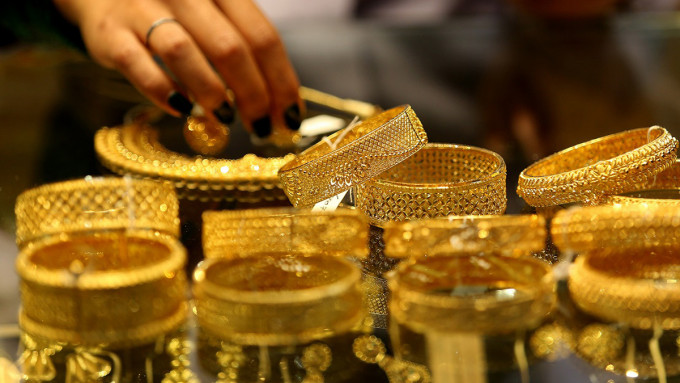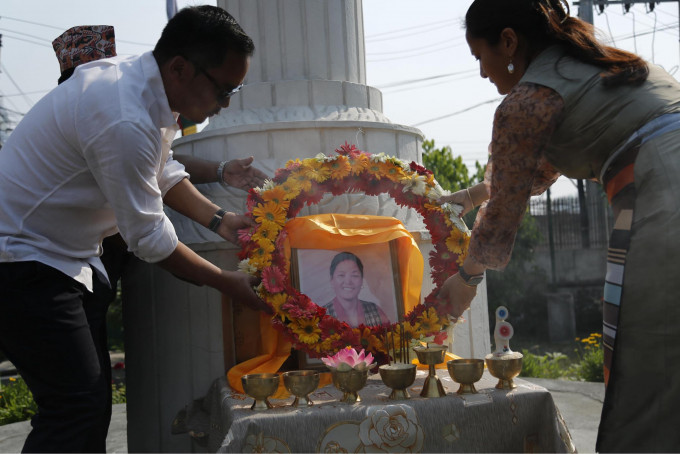Various state and non-state bodies are found to be responsible for creating problems for the press. It can be either to suppress truth or to establish fear of reporting against the concerned bodies. Nepal is one of the few countries in the world to proclaim ‘total freedom of the press’ in the preamble to its Constitution which is expressed in several fundamental rights, including freedom of opinion and expression along with public access to information and privacy.
“There have been threats to journalists for decades and in the last year alone 82 incidents of attacks on journalists have been reported”, said Bipul Pokharel, Chairperson of Federation of Nepali Journalists during the South Asian consultation on the UN Plan of action on the safety of journalists organized by UNESCO. He further added, “ Journalists are now facing digital harassment more often with the increase in social media usage. There have also been various professional and physical harassment recorded against journalists.”
Sangita Khadka, Chairperson of the Minimum Wage Fixation Committee said, “ The biggest problem for journalists is economic threat”. Journalists are rarely paid in accordance with this salary table. As a result, the profession is financially unrewarding, straining journalists’ independence and their respect for ethics. Many feel demotivated and also become economically unstable to continue this profession.
On the other hand, protection mechanisms for journalists do exist, upheld notably by Press Council Nepal and the National Human Rights Commission but they are quite incapable of offering urgent solutions for reporters in danger. Also many actions have been taken to economically strengthen journalists by both profit and nonprofit organizations.
Chairperson, Minister of Communication and Information Technology, Top Bahadur Magar claimed, “ Government has been doing a lot lately in order to prevent threats and ensure safety of journalists.” He further explained that the government has allocated a proper budget for press freedom this time.
However, such claims have been highly scrutinized by various media analysts and experts. Recently, Nepalese government also tried to control content creators in various social media platforms and censor many contents with no proper explanation. On the other hand, a series of provisions in the penal code adopted in August 2018 hinders investigative journalism and limits criticism of public figures. Legislation still needs to be put in place that would create a media council independent of the government and guarantee editorial autonomy to state-owned media. While a draconian Media Council Bill was submitted to the upper house during Prime Minister K.P. Sharma Oli’s government.
Lacking adequate security training, many journalists abstain from covering controversial issues. “Although our constitution guarantees press freedom, there is a lack of freedom oriented laws in Nepal. With digitalization, there is an increase in online threat and with the lack of cyber security law, journalist safety is in peril.” said Babita Basnet, Chairperson of Media Advocacy Group of Nepal. She further added, “ There is a visible gap between newsroom and classroom due to which the reality of the field is not conveyed in the correct way. Lack of training also increases vulnerability to fall for such threats.”
The journalism sector of Nepal is highly gender insensitive. Only 15% of Nepalese journalists are women. Similarly, entry into the profession remains out of reach for the most marginalized members of society, a phenomenon strengthened by the persistence of old caste structures arising from the Hindu tradition. Basnet further highlighted gender inequality and the high number of threats against women journalists lead to lesser women joining the profession. “Our research has found that 63% of women journalists suffer economical and psychological threats, much higher than that of men.”
Cases of surveillance, threats and intimidation are legion, hence pushing many journalists into self-censorship. Pressures of a more insidious kind may also persuade some reporters to avoid sensitive issues for fear of being discredited. Such threats need a trained and educated personnel to deal with and media education must improve and expand.
READ ALSO:









